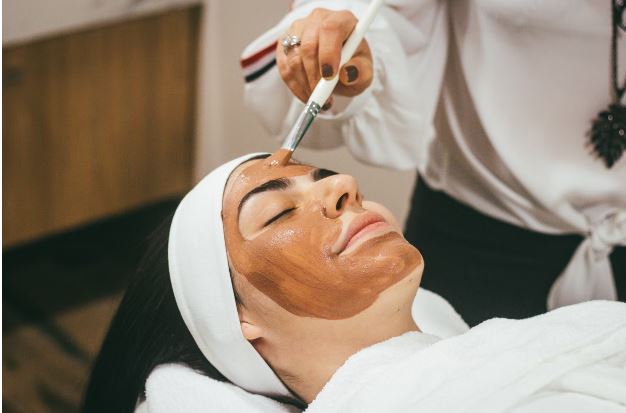Is Cellulitis More Common in Seniors? Understanding the Risks
The world’s population is getting older, and this brings new health concerns into focus. One big issue we need to be aware of is cellulitis – a harmful skin infection caused by bacteria. Anyone can get it, but the elderly are more at risk. This threat becomes especially serious in places like assisted living homes where most people are old. Let’s dive deeper into why seniors seem to suffer so much from cellulitis. We’ll take a look at what increases their risks and the importance of early diagnosis and treatment.
Understanding Cellulitis: Definition and General Risks
Cellulitis is a skin infection, usually brought on by bacteria. It shows up as red, swollen, and painful patches on your skin. Although it can hit anyone at any time, there are things that boost the risk. Skin injuries like cuts or burns invite cellulitis in. The same goes for bug bites or existing problems with eczema or athlete’s foot. People struggling to fight off illnesses because of poor immunity also have higher odds. It’s important to note these risks since seniors face many health issues simultaneously, which increases their chances dramatically.
Age-Related Changes and Increased Vulnerability
With aging, people’s skin and immune systems go through some changes. Their skin gets thinner and more easily damaged, which means bacteria can sneak in much easier. Also, blood doesn’t flow as well to the skin anymore, causing wounds to heal slower, which is a perfect chance for infection. Elderly folks usually have weaker immune systems, too. It could be because of age or continuous illnesses they might deal with. This makes it tougher for them to fight off something like cellulitis.
The Impact of Comorbidities and Lifestyle Factors
Lots of older people deal with health problems all at once. Unhealthy weight, diabetes, and circulation issues, to name a few. These increase their chance of getting cellulitis. Diabetes can mess up blood flow and wound healing, while extra pounds cause skin folds – an infection hot spot. Lifestyle habits make things worse, too, like not moving around enough, leading to more chances for damaged skin or infections. Pay attention here because managing these existing conditions and lifestyle factors really helps in preventing cellulitis among elderly folks.
Prevention and Management in Senior Populations
Avoiding cellulitis in seniors is not a one-step process. Good skin care, quick action on injuries, and managing health problems can help. Teaching the elderly and their caregivers to spot early signs like redness or swelling becomes important for timely treatment. Keeping active with good food habits improves blood flow and keeps your skin healthy. For those living in senior homes, staff must be trained well enough to catch any sign of trouble from the get-go.
Conclusion
To wrap it up, cellulitis can strike anyone, but seniors take a bigger hit. Their skin changes as they age, and their immune system isn’t so strong anymore. Understanding why these risks exist is really important to stop or manage this disease well. Sticking to regular skincare routines, treating wounds quickly, and looking after ongoing health problems are the ways forward. By always staying on guard with an action-ready standpoint, we could cut down major issues linked to cellulitis among old folks!
















